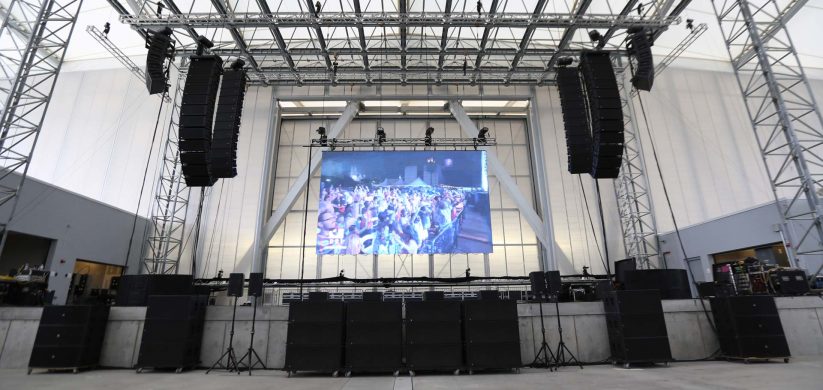A Thorough Analysis of Different Light Emitting Diode Display Wall Technologies and Their Applications
A Thorough Analysis of Different Light Emitting Diode Display Wall Technologies and Their Applications
Blog Article
Light Emitting Diode video screens have become increasingly popular across different settings, such as concerts, sports competitions, and business meetings. These large big displays are made up of many small LED panels that work together to create a single cohesive visual. Various multiple types of LED video wall solutions on the market, every with its own features and benefits. Understanding these options can assist companies as well as entities select the right solution for their particular needs.
One common type of Light Emitting Diode video wall solution is the directly viewed LED. This solution utilizes individual Light Emitting Diode units that are placed near in proximity to form a large display. Directly viewed LED screens are known for their elevated luminosity as well as lively colors, making them perfect for external activities or brightly illuminated settings. They also have a wide sight perspective, allowing means that people can view the screen distinctly from different positions. Such renders directly viewed LED walls a favored choice for stadiums as well as external festivals.
A different kind of Light Emitting Diode display wall technology is the LED-backlit Liquid Crystal Display. Such solution combines traditional LCD displays with LED backlighting for improved luminosity as well as color accuracy. LED-backlit LCDs are commonly used in interior settings, such as retail centers as well as meeting spaces. They provide excellent image quality and are typically more affordable than directly viewed Light Emitting Diode walls. However, they may not perform as effectively in well-lit settings, as the backlighting can sometimes wash out the colors.
A investigate this site thirdly option is the Organic Light Emitting Diode display wall. OLED technology offers exceptional differentiation as well as hue richness compared to other types of displays. Each pixel in an OLED screen emits its own light, enabling for genuine dark tones as well as vibrant colors. This makes OLED video walls particularly appealing for applications that require high-quality images, such as art galleries and luxury shopping outlets. Nonetheless, Organic Light Emitting Diode solution can be costlier costly while may often be as luminous as directly viewed LED screens, rendering it not appropriate for external applications.
In addition to these options, various additionally various applications for Light Emitting Diode display walls. They can be used for promotion, amusement, and information presentation. For instance, businesses often utilize Light Emitting Diode video walls for electronic signage to attract clients as well as promote goods. Within entertainment, they enhance the visual encounter at music events as well as events, offering lively backgrounds and engaging visuals. Within business settings, Light Emitting Diode display walls can be used for demonstrations, video conferencing, as well as training sessions, aiding to convey information through a visually appealing manner.
In conclusion, LED display walls come in various technologies, each having its unique benefits as well as uses. Directly viewed Light Emitting Diode walls are ideal for external use, whereas LED-backlit LCDs are more appropriate for indoor settings. Organic Light Emitting Diode video screens offer exceptional image clarity but may be at a higher price. Understanding these variations can help entities to make informed choices about the best kind of LED display wall most meets their requirements, whether for promotion, amusement, or business use.